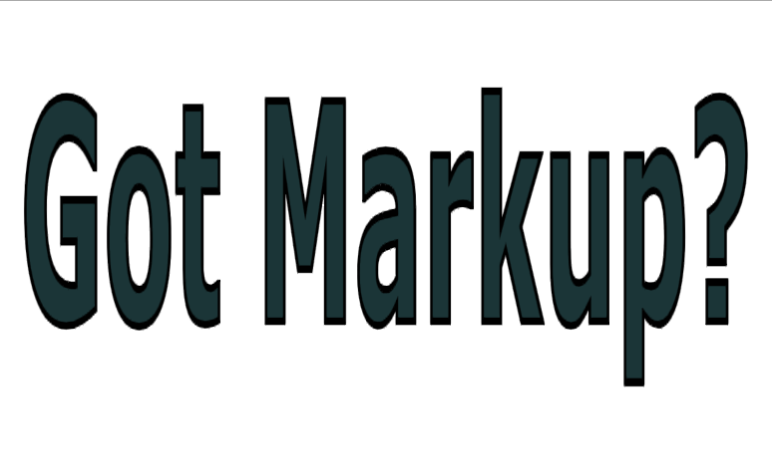Before going into the list first we need to understand what defines a language as a Markup.
A markup language is typically characterized by its syntax and purpose. Here are some key factors that determine if a language can be considered a markup language:
- Markup Structure: A markup language uses a predefined set of tags or elements to structure and mark up the content. These tags define the meaning, semantics, or structure of the text or data.
- Separation of Structure and Presentation: Markup languages focus on separating the structural elements of the content from its presentation. They provide a way to describe the logical structure or meaning of the content rather than specifying its visual appearance.
- Hierarchical Organization: Markup languages often employ a hierarchical or nested structure, allowing elements to be nested inside one another to represent relationships or document structure.
- Platform Independence: Markup languages are designed to be platform-independent and human-readable. They can be interpreted or parsed by different systems or applications to display or process the content consistently across platforms.
- Standardized Syntax: Markup languages typically adhere to a defined syntax or set of rules that govern how the elements, attributes, and content are structured and represented.
- Domain-Specific Purpose: Markup languages may have specific purposes or domains they are designed for, such as representing text, data, equations, geographical information, or other specialized content.
Now to the lists of Markup Languages:
- HTML (Hypertext Markup Language): Standard language for creating web pages, defining structure, and presenting content on the internet.
- XML (eXtensible Markup Language): Versatile language for structuring data in a hierarchical format, widely used for data exchange and configuration files.
- XHTML (eXtensible HyperText Markup Language): Reformulation of HTML as an XML application, combining syntax and features of both HTML and XML.
- MathML (Mathematical Markup Language): XML-based language for representing mathematical equations and expressions on the web.
- SVG (Scalable Vector Graphics): XML-based language for creating vector graphics, animations, and interactive elements on the web.
- Markdown: Lightweight markup language with plain-text formatting syntax, commonly used for easy conversion to HTML or other formats.
- YAML (YAML Ain’t Markup Language): Human-readable data serialization language often used for configuration files and structured data representation.
- JSON (JavaScript Object Notation): Lightweight data interchange format based on key-value pairs, widely used for transmitting structured data between systems.
- SGML (Standard Generalized Markup Language): Standard for defining document structure and markup languages, precursor to HTML and XML.
- DocBook: XML-based document framework for technical documentation, widely used for creating structured and semantically rich content.
- TEI (Text Encoding Initiative): XML-based language for encoding, exchanging, and analyzing textual material in the humanities and social sciences.
- RSS (Rich Site Summary or Really Simple Syndication): XML-based format for distributing and aggregating web content, often used for news feeds.
- Atom: XML-based web syndication format for publishing and subscribing to web content, providing a standardized way of sharing updates.
- RDF (Resource Description Framework): Framework for representing and exchanging structured metadata about resources on the web.
- OWL (Web Ontology Language): Language for defining ontologies, enabling automated reasoning and knowledge representation on the web.
- XSL (Extensible Stylesheet Language): Language for transforming XML documents into other formats, such as HTML or PDF.
- XSL-FO (XSL Formatting Objects): XML-based language for defining the visual presentation of an XML document for print or electronic distribution.
- KML (Keyhole Markup Language): XML-based language for displaying geographic data in 2D and 3D on digital maps.
- GML (Geography Markup Language): XML-based language for encoding geographic features and their attributes for exchange between systems.
- EPUB (Electronic Publication Format): XML-based standard for creating and distributing digital publications, supporting text, images, and interactive elements.
It’s important to note that not all structured languages or data formats are considered markup languages. Markup languages specifically focus on structuring content and describing its meaning or semantics, as opposed to programming languages that define algorithms and control flow.

Leave a Reply